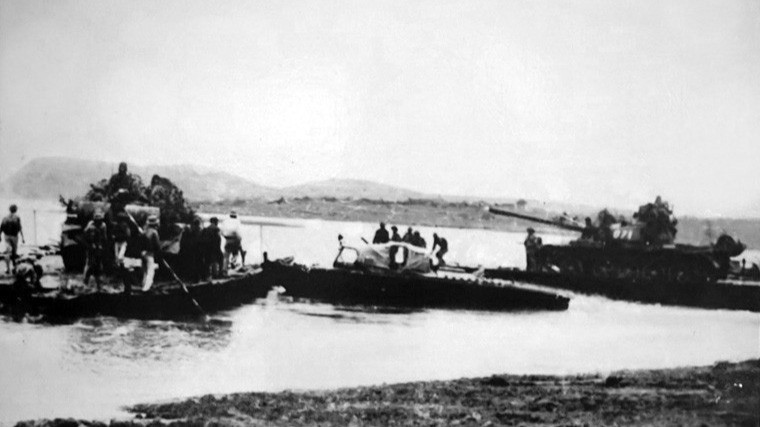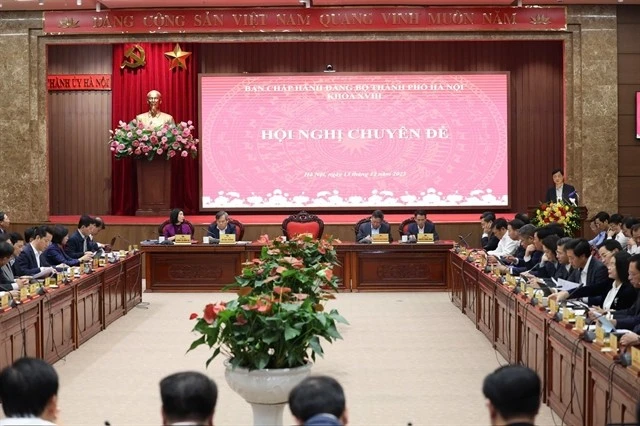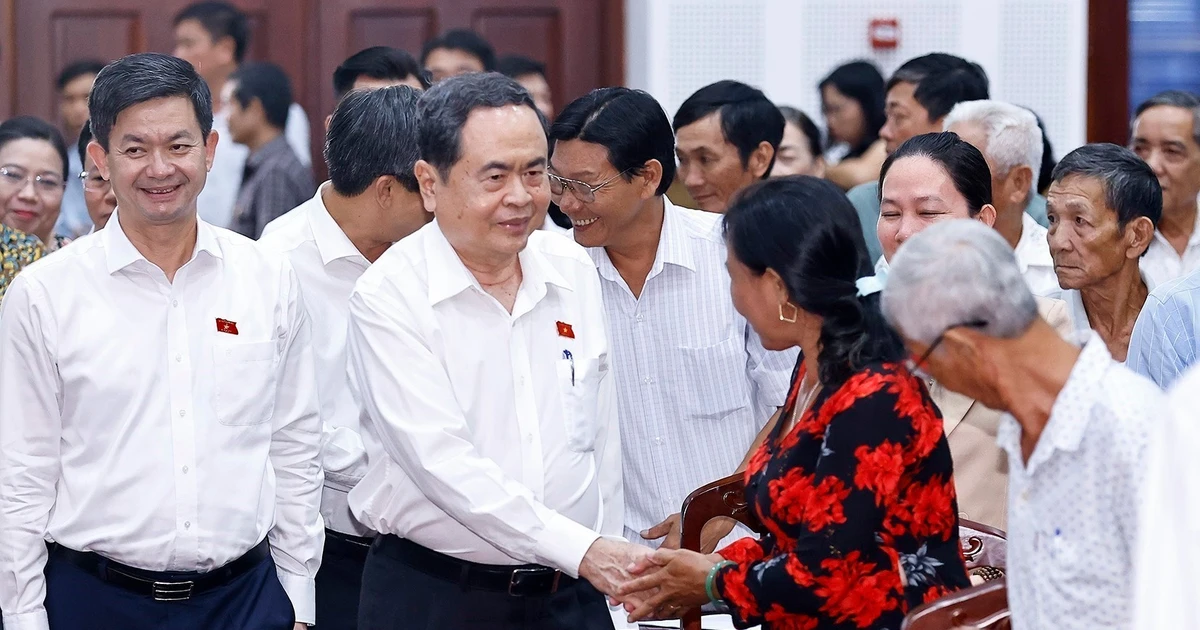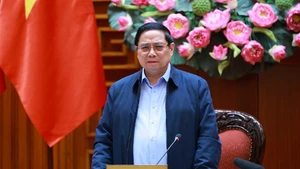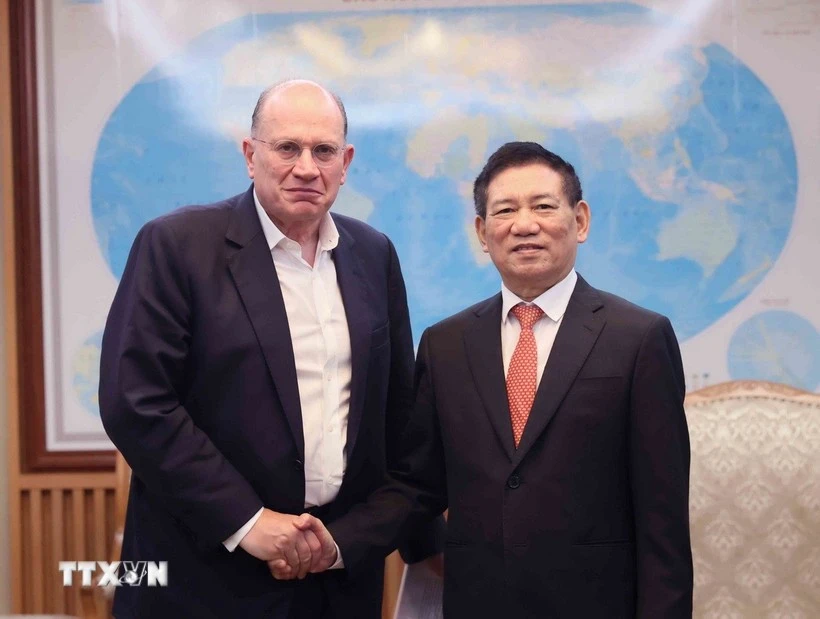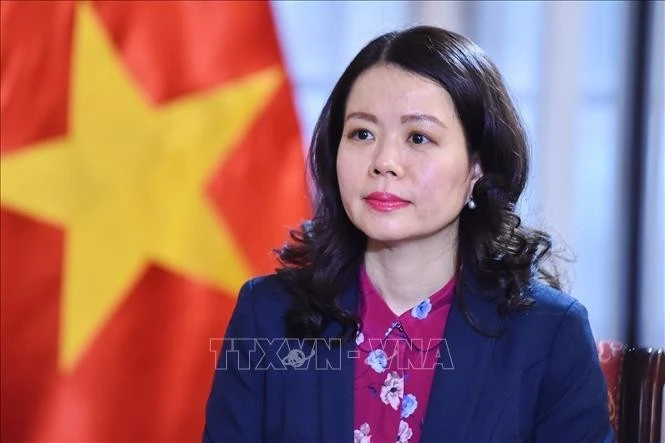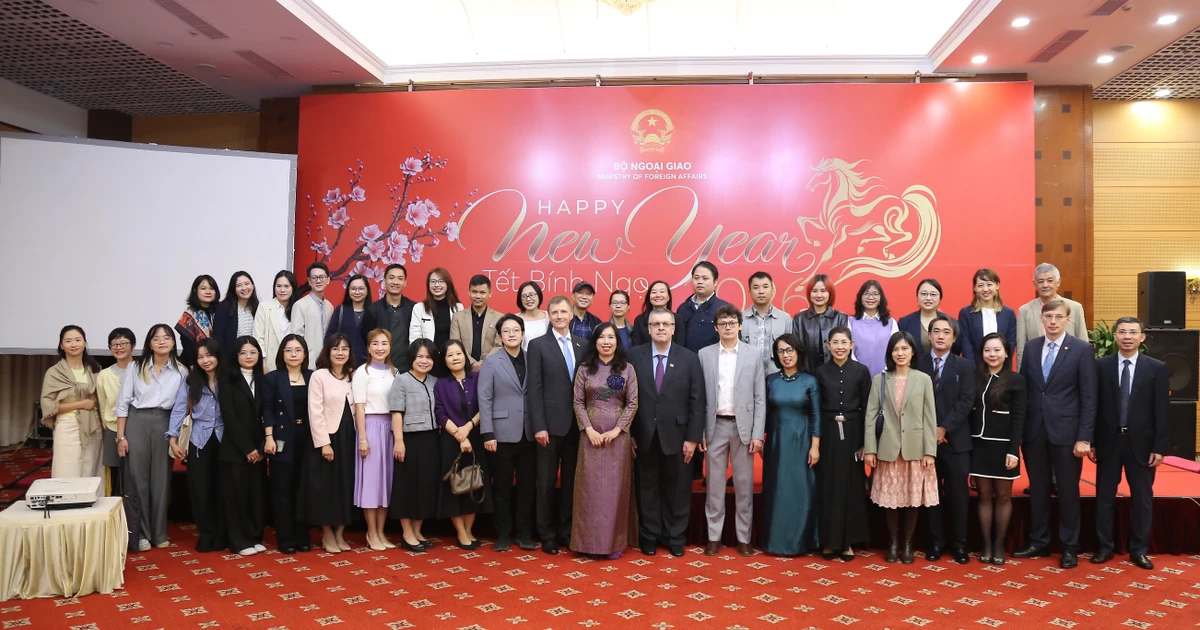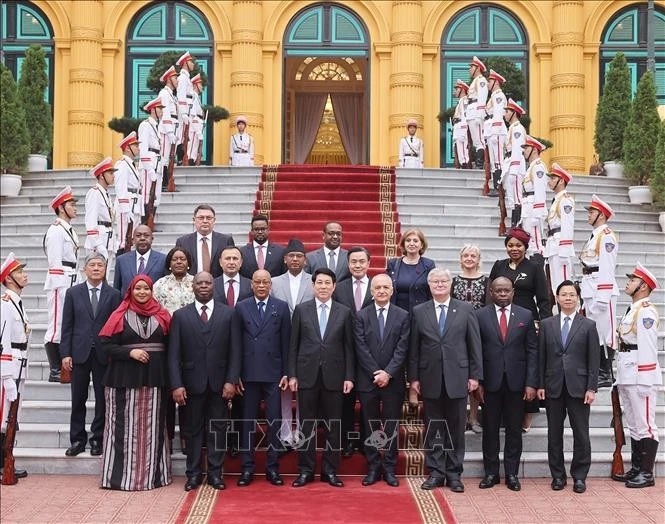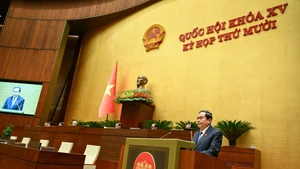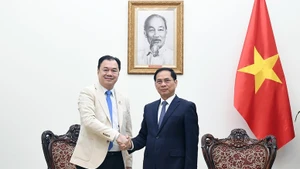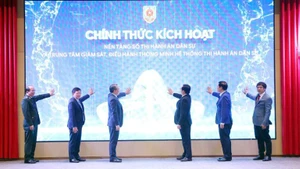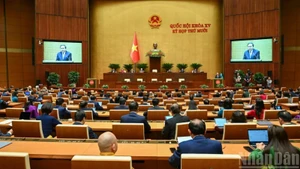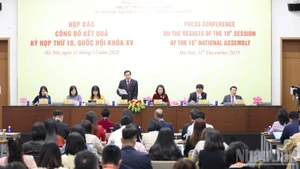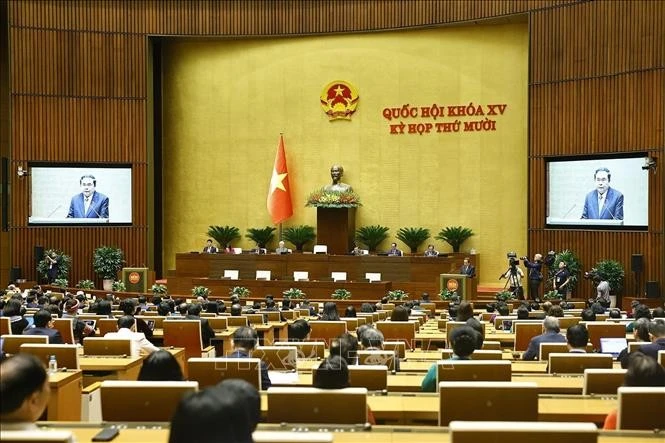On the same day, leaving the Division 324 behind to defend the newly liberated Hue and Da Nang, the Coastal Wing-comprising the bulk of the Army Corps 2, reinforced by the Division 3 and the Armoured Battalion 3 of the Military Region 5 was divided into five groups and commenced its southward march along Route 1.
The Corps’ formation extended over a considerable distance. It consisted of more than 2,500 vehicles, including troop carriers, tanks, armoured personnel carriers, and artillery haulers. The total number of troops exceeded 32,000.
April 6, 1975: Intensifying the general offensive and general uprising to liberate urban areas. The operational principle was: “Fight while moving, clear the way while advancing” with the deadline of April 25 to reach the staging zone at Rung La (Leaf Forest), 20 km from Xuan Loc, for the final battle toward Saigon.
At Ninh Thuan, the province’s Commando Company 311 launched a deep assault into the centre of Thap Cham Town, eliminating enemy forces and taking control of the railway station, the Mang area, and the three-way intersection leading to Thanh Son Airport.
On April 7, 1975, after receiving a directive from the Commander-in-Chief, a meeting was convened at the Ta Thiet–Loc Ninh base by the Central Office for South Vietnam and the Military Commission of the South adopted the directive: “While urgently preparing for a large-scale campaign, in order to make use of time and to seize and exploit any new breakthroughs, B2 forces shall launch a campaign aimed at the strategic encirclement and isolation of Saigon. Should the enemy show signs of sudden disintegration, it would not be necessary to wait for reinforcements from outside; instead, B2 forces, along with a number of reinforced units, may swiftly and boldly strike directly into Saigon, in coordination with commandos, special forces, and popular uprisings from within, to seize control of the city.”
Upon receiving the Central Office’s report on the plan to liberate Saigon, First Secretary of the Party Central Committee, Le Duan, issued the directive that the offensive should begin only after the majority of the Army Corps 3 and 1 had arrived. Once the attack commenced, it had to be launched with utmost strength, in a continuous and relentless manner, pressing forward towards final victory. The offensive was to be carried out both from the outskirts and by seizing the opportunity to drive deep into the heart of Saigon from multiple directions using pre-positioned forces.
In the spirit of supporting the southern front, Military Zone 2 conducted three consecutive recruitments during February, March, and April of 1975, all of which exceeded their targets. The entire Military Zone achieved 104.3% of the planned figures-Vinh Phu: 104.3%, Yen Bai: 106%, and Lao Cai: 102%. By the time of the complete liberation of the South, 209,528 youths being outstanding sons and daughters from the ethnic groups across Military Zone 2 had joined the armed forces, equivalent to 20 divisions.
